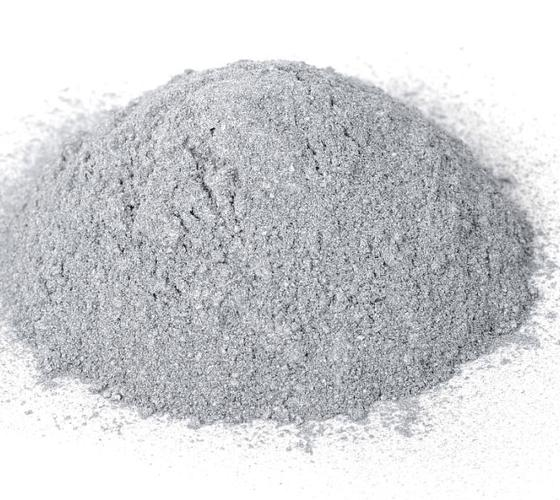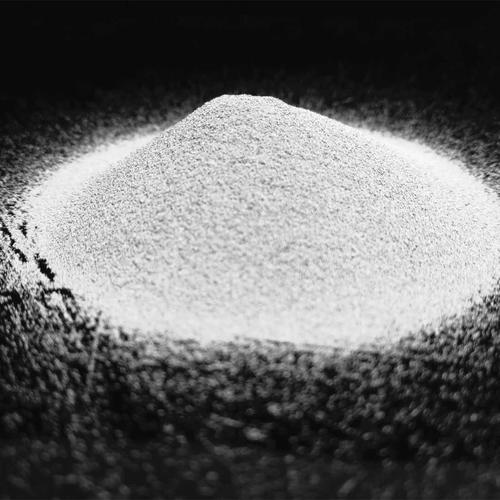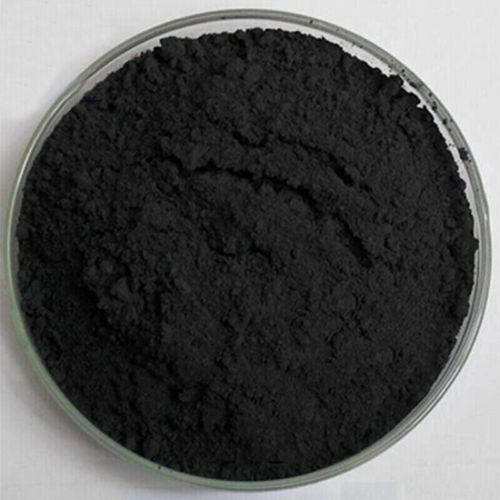1. Introduction
Imagine a material so strong it laughs at jet engines, so light it practically floats on air (well, not really—but close), and so expensive it makes your wallet cry. Enter titanium powder—the unsung hero of high-tech manufacturing. Forget the kitchen spice rack; this isn’t your grandma’s baking soda. Titanium powder is the secret sauce behind everything from custom hip implants to Mars-bound spacecraft components. And no, you can’t sprinkle it on your cereal (though we wouldn’t blame you for trying).

In this article, we’ll explore the real-world, niche applications of titanium powder—especially in 3D printing—while weaving in everything from titanium powder price per kg to why your supplier better not be selling you burnt titanium powder coat by mistake. Buckle up; it’s about to get metallic.
2. Titanium Powder in Additive Manufacturing: Not Just for Show
When people say ‘titanium powder for 3D printing,’ they’re usually talking about serious business. Aerospace, medical implants, and high-performance automotive parts don’t mess around—and neither does the powder they use. The star of the show? Ti6Al4V powder (also known as Ti64 powder), a titanium alloy powder that’s basically the LeBron James of metal powders: strong, versatile, and worth every penny.
Why is titanium powder so beloved in additive manufacturing? For starters, it’s got an incredible strength-to-density ratio. It’s also biocompatible—meaning your new hip won’t trigger an immune response like your ex did. Plus, with spherical titanium powder produced via gas atomization, you get consistent flowability and packing density, which are critical for flawless layer-by-layer printing. HDH titanium powder (Hydride-Dehydride) is cheaper but less spherical, so it’s often reserved for less demanding applications.
2.1. The Price Tag: Why Your Wallet Might Need Therapy
Let’s talk numbers. Titanium powder price per kg can range anywhere from $100 to over $500, depending on purity, particle size, and whether it’s pure titanium powder or a fancy alloy like Ti6Al4V. And if you’re eyeing titanium powder for 3D printing price quotes, prepare for sticker shock—especially for high-quality, spherical, gas-atomized titanium metal powder. But hey, if you’re printing jet turbine blades, you probably have a budget that includes yacht maintenance.

Don’t confuse titanium powder with tio2 powder (titanium dioxide)—that’s the white pigment in sunscreen and powdered sugar, not the stuff that builds rocket nozzles. And while you’re at it, avoid ‘titanium flash powder’ unless you enjoy spontaneous combustion; real titanium powder is pyrophoric in fine forms, meaning it can ignite in air. Safety first, pyrotechnics later.
3. Beyond 3D Printing: Unexpected Uses of Titanium-Based Powders
While 3D printing steals the spotlight, titanium powder uses stretch into wilder territories. Titanium nitride powder and titanium carbide powder are used in hard coatings for cutting tools—think diamond-level hardness without the diamond price tag. Then there’s titanium diboride powder (TiB2 powder), a ceramic-metal hybrid used in armor and crucibles that can laugh at molten metal.
Even more niche? Titanium coated diamond powder—a Frankenstein of hardness and thermal conductivity used in precision grinding. And let’s not forget tio2 nano powder, which powers everything from self-cleaning windows to advanced photocatalysts. It’s the same element, but wildly different applications.
4. The Powder Ecosystem: Molybdenum, Tungsten, and the Rest of the Gang

Titanium doesn’t operate in a vacuum. In advanced manufacturing, it often shares the stage with molybdenum powder and tungsten powder. Molybdenum disulfide powder (MoS2 powder) is the go-to dry lubricant in high-temp environments—like inside your car’s CV joints or spacecraft mechanisms. Need something that won’t melt at 2,600°C? Tungsten powder is your guy. Tungsten carbide powder? Even tougher.
Suppliers like Global Tungsten & Powders Corporation or specialized titanium powder suppliers often stock these side-by-side because engineers love mixing and matching. Ferro molybdenum powder strengthens steel, while molybdenum carbide powder boosts catalysts. And yes, there’s even dry moly powder for when your bike chain needs to survive the apocalypse.
Fun fact: tungsten powder density is nearly double that of titanium—so while titanium flies, tungsten anchors. Both have their place, and both come in spherical, pure, or alloyed forms depending on whether you’re printing, spraying, or sintering.
5. Buying Smart: How Not to Get Scammed (or Set on Fire)
If you’re looking to buy titanium powder, do your homework. Reputable titanium powder suppliers will provide certificates of analysis, particle size distribution, and oxygen content data. Avoid sketchy ‘titanium powder for sale’ listings on random websites—especially if they mention ‘titanium sponge powder’ without context (that’s a precursor, not ready-to-print material).
Also, clarify whether you need pure titanium powder or an alloy. Ti6Al4V powder price is higher than pure grades, but for medical or aerospace uses, it’s non-negotiable. And never, ever store titanium dust near open flames—unless you fancy a fireworks display in your garage.
6. Conclusion
Titanium powder isn’t just metal dust—it’s the foundation of tomorrow’s tech. From life-saving implants to interplanetary hardware, its applications are as diverse as they are impressive. Sure, the titanium powder cost might make you wince, but when your artificial knee lasts 30 years or your drone survives re-entry, it’s worth every cent. Just remember: whether you’re sourcing ti powder, moly powder, or wolfram powder, quality matters more than saving a few bucks. After all, in advanced manufacturing, cutting corners usually ends with… well, corners on fire.
Our Website founded on October 17, 2012, is a high-tech enterprise committed to the research and development, production, processing, sales and technical services of ceramic relative materials such as What. Our products includes but not limited to Boron Carbide Ceramic Products, Boron Nitride Ceramic Products, Silicon Carbide Ceramic Products, Silicon Nitride Ceramic Products, Zirconium Dioxide Ceramic Products, etc. If you are interested, please feel free to contact us.
